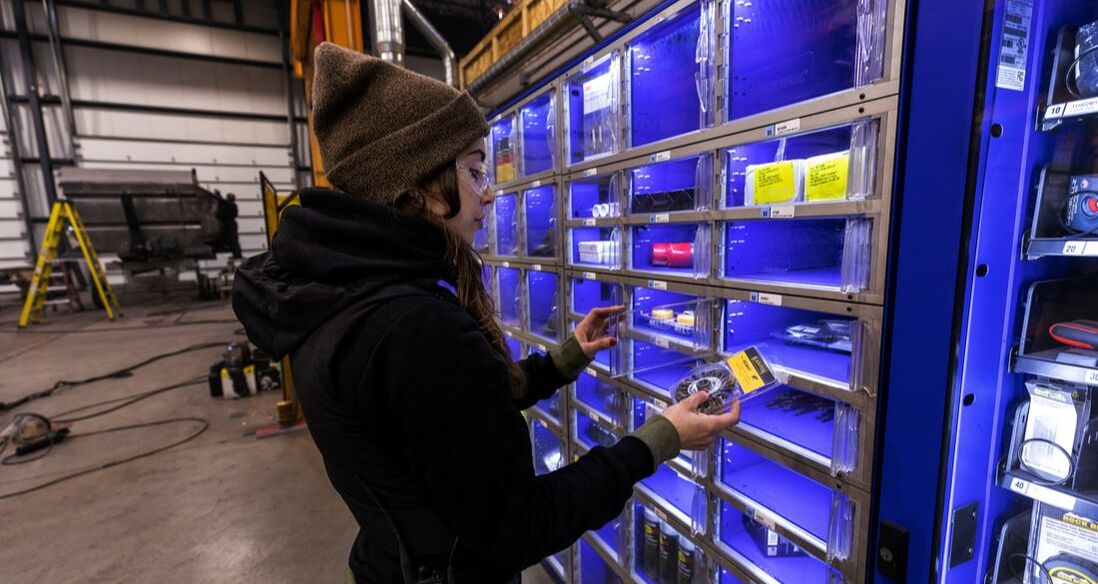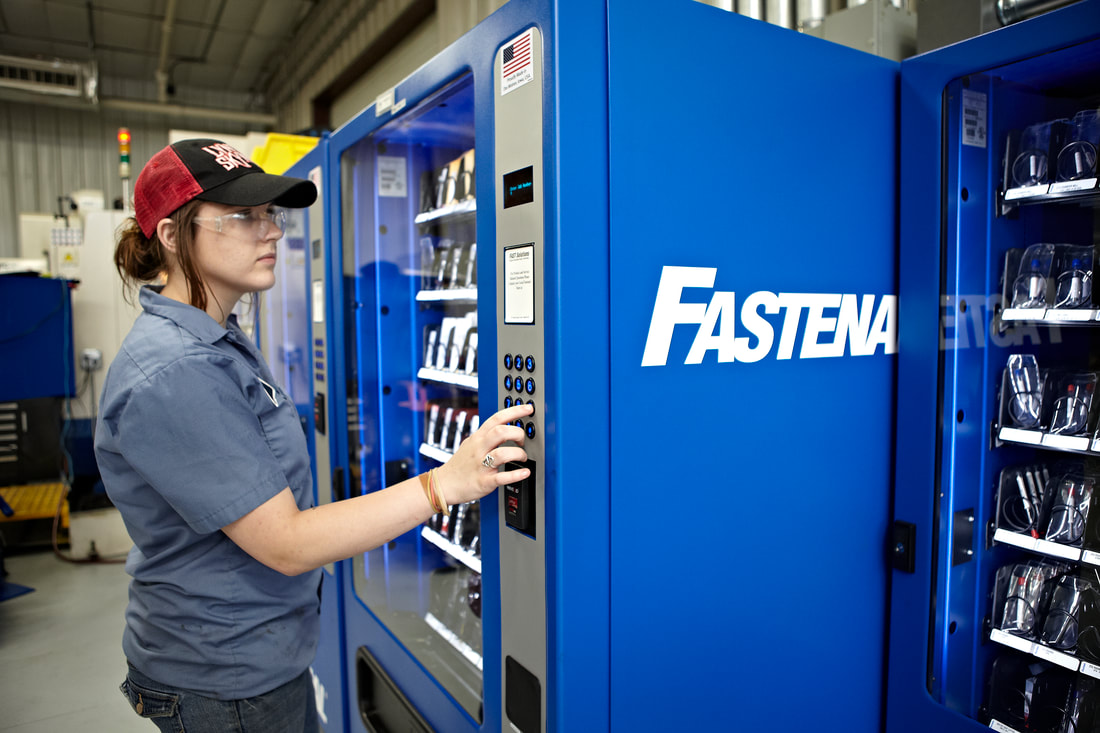How to get started with industrial vending
33 questions to help you build a successful program
Updated May 5, 2023
By Heath Hazard | 25 Years of Supply Chain Experience
By Heath Hazard | 25 Years of Supply Chain Experience
|
Say you’re just venturing out into the possibilities of vending and want to know how to wind up with the best possible fit. A supplier might try to sell you on why they have a good option, but it’s tough to know if they have your best interests in mind. When they ask you their questions, you’ll either want answers already prepared or you’ll want to ask them some questions of your own.
So, to be prepared, use these five steps to make sure you’re ready. Step 1. Identify the problems you are trying to fix. 1. Is your goal inventory reduction? 2. Increased accountability? 3. Decreased walk and wait time? 4. Product consolidation? 5. Do you need improved reporting? Once you know the problem, you can determine the solution. One size doesn’t fit all when it comes to inventory management. Aligning the right machine for your needs is a critical step. By understanding the problems you are trying to solve, your supplier should be able to help you determine the right machine for your needs. Step 2. You've found the right supply partner and machines, it's time to choose the right products. 6. Again, what are your needs? 7. Are there certain products that will get you to your cost-savings goals? 8. Are there high-cost items associated with theft? 9. Low-cost consumables where you are experiencing excessive waste? Many programs fail due to the wrong product mix, which results in low usage and very little savings. Many suppliers have programs provided at no cost to help you evaluate these needs. Step 3. Build the partnership you need: Communication is key in a strategic partnership. 10. Are both sides clear on all the ground rules and expectations? 11. Who does what and when for implementation? 12. Is the supplier the one refilling the machine, or are you? 13. Who is being trained on the program? 14. Can you dedicate the time to have your employees learn the software? 15. What will the service schedule be? 16. What are the cost-savings expectations? 17. How will these savings be measured? 18. Does your supplier have a systematic approach to the implementation process? 19. Does that process enable you and the supplier to work together to achieve the required timeline for a turn-key solution? Vending machines are still just machines. And a machine is nothing more than the tool – real savings are achieved when you put that tool to work for you. The software is typically where you are able to review, analyze, and make changes that will lead to continuous improvement. Step 4. Set expectations internally with your team and externally with your supplier. 20. How are you going to hold your supplier accountable for those expectations? 21. What reporting will you receive? 22. Are they going to perform business reviews on a regularly-scheduled basis? 23. Do you have new expectations for reducing costs in your organization? 24. Does your supplier know what these are and have a plan for helping you achieve them? 25. Will they be optimizing the machines? Meaning, reviewing the reporting with you and making adjustments based on the changes in your production environment? A good partnership is one where continuous improvement exists and both companies are able to clearly see results. Step 5. Once everything is up and running, expect results. 26. If things are going well, how do we continue down that path? 27. If your supplier is not delivering on the value promised, a conversation must be had. 28. What are the bottlenecks? 29. Is there a communication problem? 30. Is more training required? 31. Was there not buy-in at the plant level? 32. Does the supplier have a service issue? Communication around not achieving the expected results can be the key to improving the program and maximizing both opportunities and profits. One final question The difference between success and failure often comes down to one simple point. So here’s the most important question yet: Did you develop a strategic partnership around a program? This partnership should revolve around collaborative discussions on topics like vendor consolidation, inventory management, contract pricing, managing freight costs, and product standardization. This is how you can take action, and use a tool such as inventory vending, to create a competitive edge to help drive productivity and generate cost savings for your business. You may also like:
Vertical Divider
|
100,000 and counting!
Fastenal has helped businesses across the globe with more than 100,000 vending solutions. If you have any questions of your own, just reach out to us. Like what you're seeing here? Subscribe to the Blue Print for FREE and get the magazine sent right to your address. |





